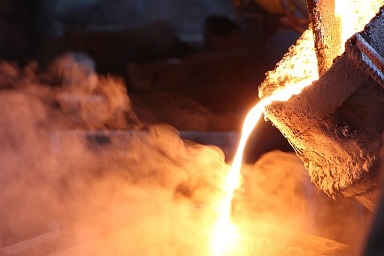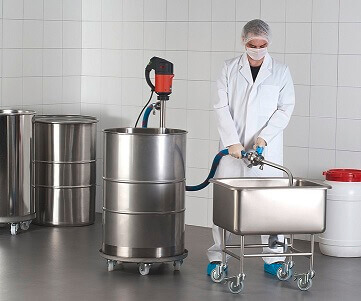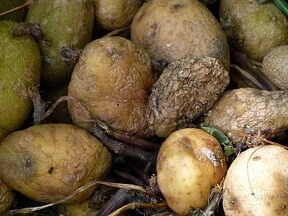5 Reasons to Automate Your Process
5 Reasons to Automate Your Pumping Process
Are you finding senior members of staff are frequently having to undertake manual processes and wondered if there was an easier way?
Has your 2020 budget been slashed and you are looking at ways to reduce costs?
Have you considered automating processes to redeploy staff to activities of more importance?
Why Automate your Pump Process?
North Ridge work with engineers across a range of industries to automate their process. The most common reasons for automation of a process include:
Improved Accuracy & Efficiency
Often containers are filled by sight which can sometimes be inaccurate leading to irregular volumes being dispensed or unbudgeted excess usage of costly chemicals which are not always charged for. By having fixed dispensing amounts, liquids are dispensed repeatedly and accurately without waste or excess being dispensed.
Safer Handling
In some industries containers are tipped, or hand jugs used which can be easily spilled, left unattended and sometimes toxic leading to accidents or spillage. The average fine imposed by HSE was £150K in 2019.
Maintenance When Required – Not before or after -
Remotely monitoring your pump can mean early detection of a reduction in flow or pressure, vibration, excess temperature or increase in power consumption.
This enables condition-based maintenance to be undertaken before failure and requirements become urgent. It also means pumps are dismantled when required rather than unnecessarily.
Our Overwatch device monitors pumps 24/7, with data logging ensuring even the smallest changes are detected.
Consistent Finished Product
Ensuring product recipe is maintained. Often differences in end finished product can be traced back to manufacturing quality control. Recipes containing mixtures of additives, ingredients, mortars or differing formula can be found to contain differing proportions due to varying quantities used by shift personnel.
Recipes containing mixtures of additives, ingredients, mortars or differing formula can be found to contain differing proportions due to varying quantities used by shift personnel.
Some staff may mix liquids in different proportions, top up with water or add incorrect ingredients leading to differences and inconsistencies in end finished product.
With automated batching this is eliminated, with controls set on pumps to ensure dispensing amounts can not be changed without authority. Flowmeters can also automatically adjust to varying viscosity with temperature and SG (which is often overlooked), with users simply having to press a button to dispense.
Non Clogging
If a pump is continuously becoming clogged then this is a sign there is an issue with the process or pump. Changes can be made to ensure the pump continues to run without clogging, and in some situations self reverse if they do become clogged and continue to function.
Which processes are typically automated?
Additive & Ingredient mixing
The accurate transfer of set amounts with the press of a button is performed by our batching system. Such amounts can be varied if authorised via the attached flowmeter, with dispensing automatically stopped after transfer.

Decanting
For the automatic decanting of liquids to set flow rates into other containers for mixing or dispensing.
Waste Handling
Food and packaging waste can be transferred automatically up to 400M horizontally eliminating storage of waste in multiple locations, manual handling, or manual transfer of waste across a shop floor. Waste can be pumped through screens for dewatering to reduce liquid disposal costs and increase recycling rates reducing waste disposal costs.
Dosing
The routine transfer of prescribed fluid amounts to high accuracy within a process, which automatically vary according to liquid volume.
If you are interested in understanding more about the ways in which a process may be automated, our article provides 17 ways in which a pump can be automated.
If you would like to discuss implementing any of the above with a technical engineer, call us on 01773 302 660 or email sales@northridgepumps.com.





